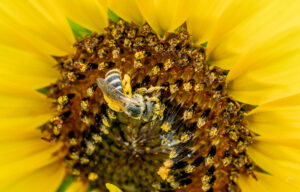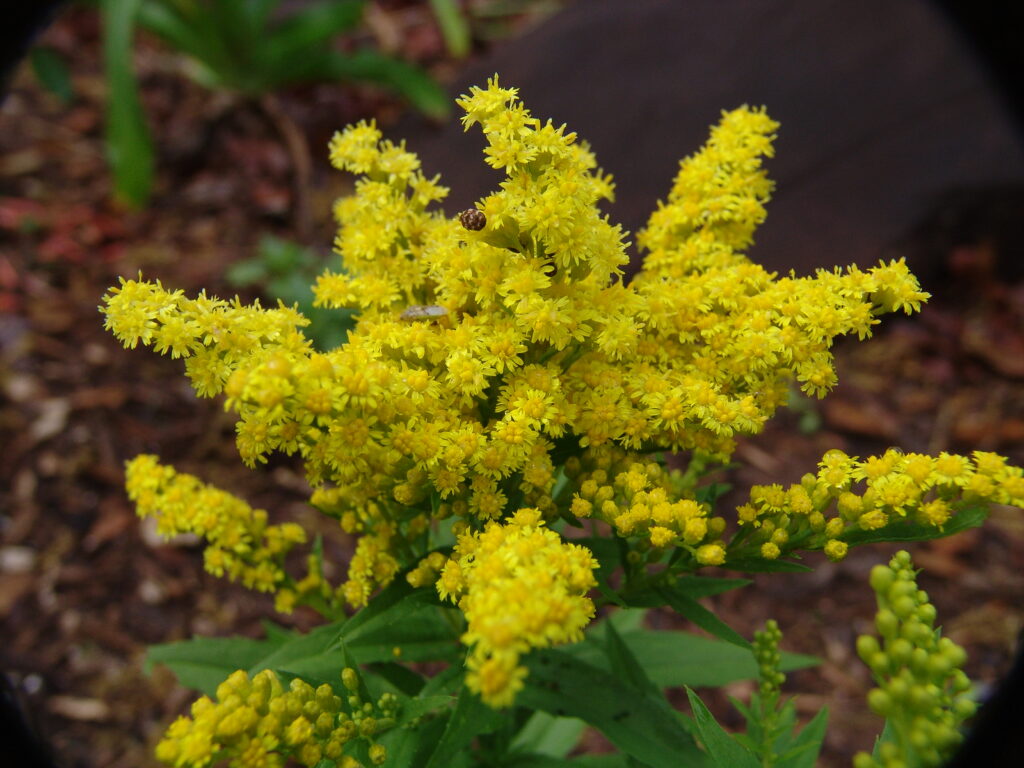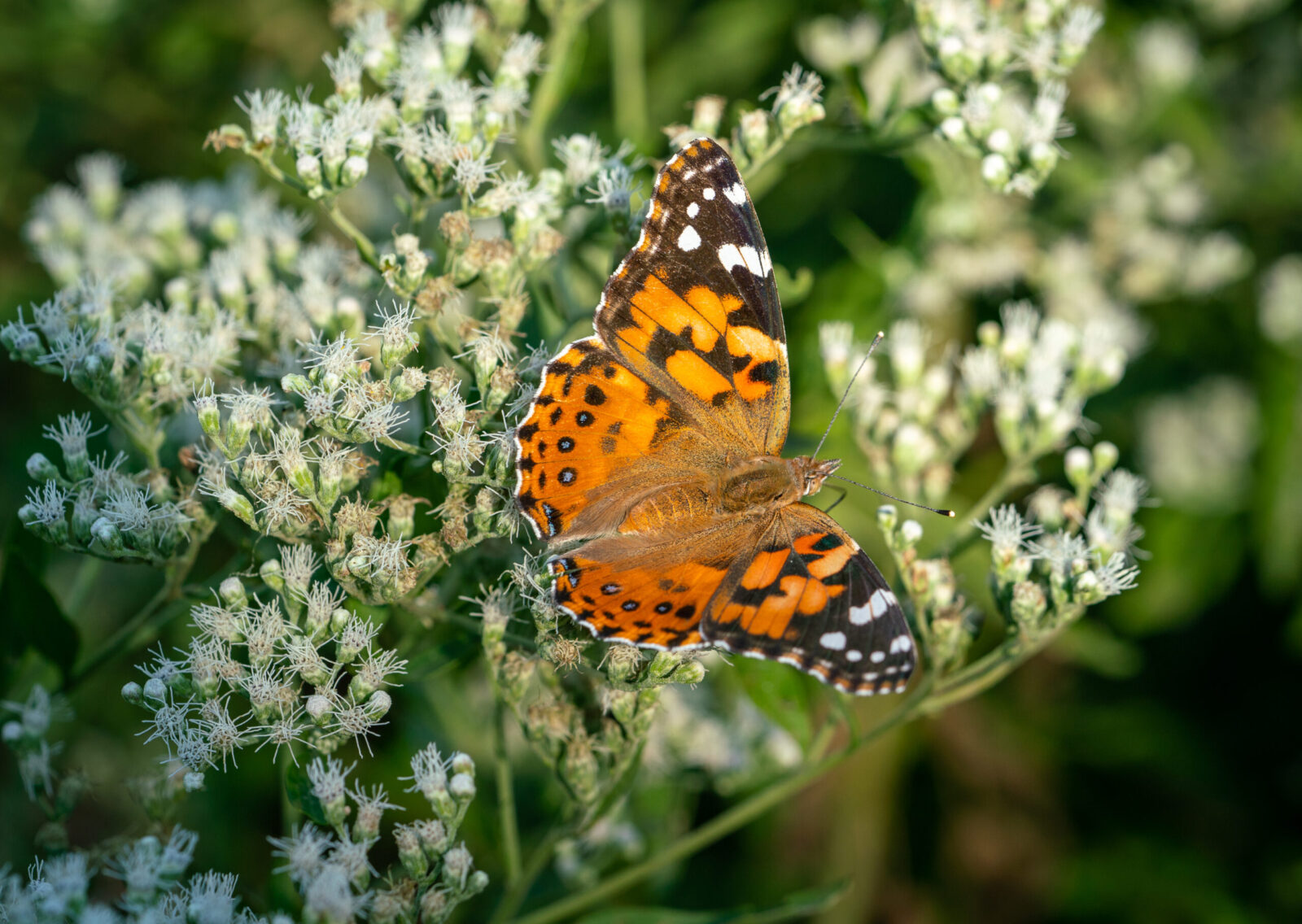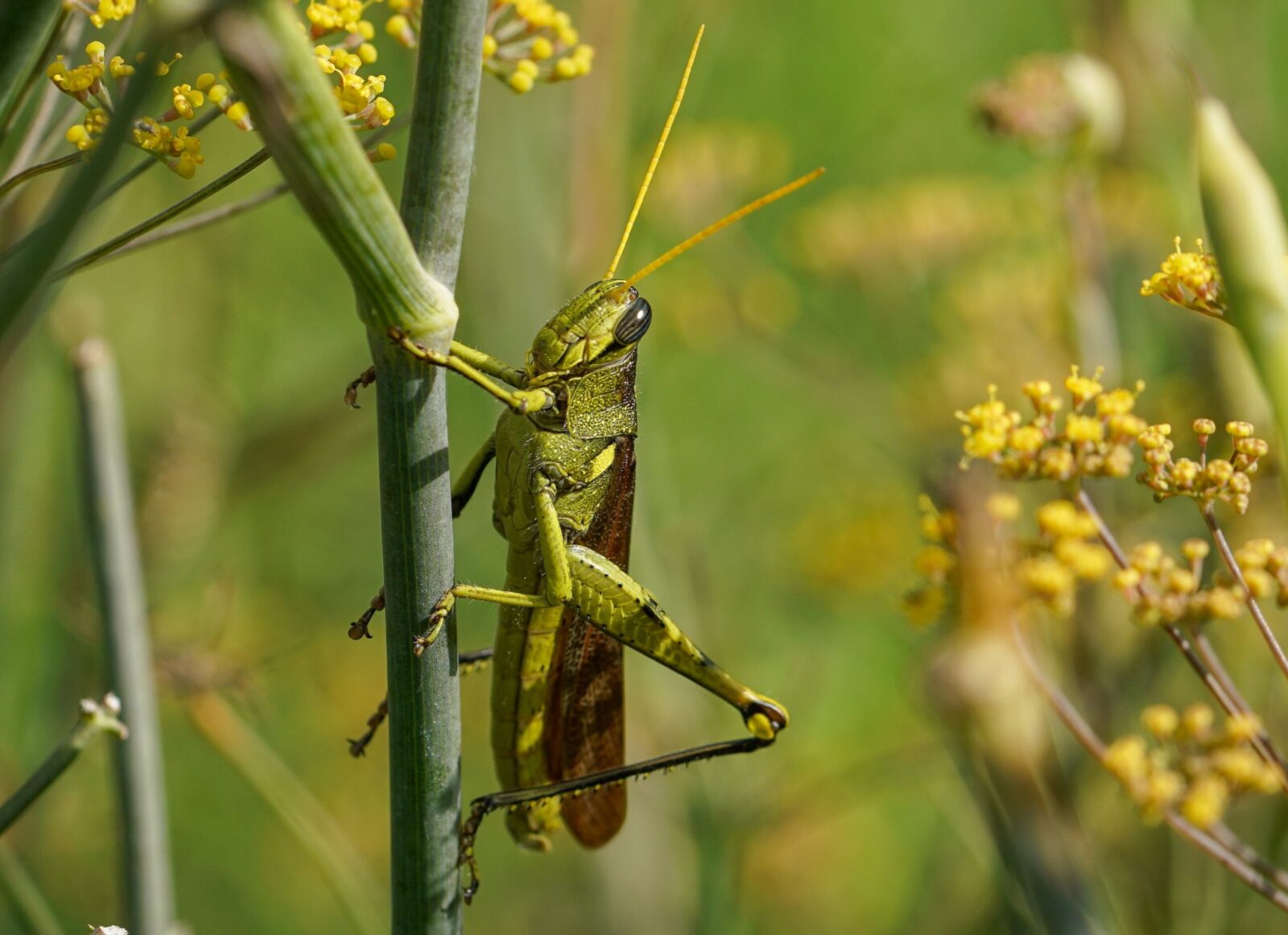Minimizing Allergy-Causing Pollen in Your Garden
Views: 81

This may be overshare, but my nose has been running for a month. The easement north of my property is overrun with ragweed, and it’s making life unpleasant. I’m certainly not alone; ragweed season corresponds with allergy season. But I don’t know how often I’ve heard people cursing goldenrod, believing this beautiful plant is to blame for their misery. It’s not. In fact, if you garden for wildlife, you’re probably already limiting the problematic pollen in your gardens, even if you didn’t realize it. However, there are a few tricks that may help you even more.

Goldenrod probably isn’t causing your severe allergy symptoms.
Pollen and Pollen-Producing Plants are Not Created Equal
Pollen is the most notorious allergy-causing culprit in our gardens, and it’s important to understand that not all plants are created equal in their pollen-producing capabilities. If you think about it, in order to attract pollinators, we wildlife gardeners like to plant flowers that provide copious amounts of pollen and nectar. You may think, “Oh no!” more pollen is bad! But that’s not necessarily the case because not all pollen is created equal, either.
Pollen Size Matters, Bigger is Better
Large grains of pollen, the likes of which many native bees crave, do not travel far by wind. They’re too heavy. They aren’t going to blow into your already aggravated respiratory tract. Ragweed pollen, on the other hand, is tiny, and light, and blows easily on the wind and into your nose.
And there you have one good clue as to which plants are likely to be highly allergenic: they are wind-pollinated, not insect- or bird-pollinated. Wind-pollinated plants don’t need to attract pollinators, so their flowers are typically small and inconspicuous. You may not notice that they have any flowers at all.
So, yay for the native pollinator plants that we love. While this is not a hard and fast rule (some flowers are both wind and insect-pollinated), the aforementioned goldenrod, for example, is largely insect-pollinated, and therefore not a major source of allergy-causing pollen. That said, I don’t recommend sticking your nose into a bouquet of goldenrod and inhaling deeply if you have severe allergies.
Reproductive Morphology (Sex Matters)
I won’t get into a lengthy discussion on plant sex, but plants can be dioecious, monoecious, or hermaphroditic. For purposes of this blog, dioecious plants are divided into male or female plants. Males tend to produce more pollen than females.
Dioecious plants aren’t as common as other morphologies, but a fair number of desirable native trees and shrubs are either male or female. Planting female plants is one way to limit the amount of pollen produced in your yard.
As a side note, flowers cultivated to have extra petals typically produce less pollen. These fancy cultivars are bad for pollinators but good for allergies.
Garden Design and Maintenance
The layout of your garden can also play a role in managing allergies. Plant high-pollen plants away from high-traffic areas, such as patios, walkways, and windows. Hedges or other barriers such as fences or walls can block wind-blown pollen.
Keep lawns mowed and remove weeds promptly to reduce the amount of pollen and mold spores in your garden. Watering your garden in the morning or evening, when pollen counts are lower, can help reduce the spread of pollen.
Meet Leslie Miller
Leslie Ann Miller shares 3.5 acres in rural Oklahoma with birds, butterflies and wide variety of animals. She is currently transforming her yard with plantings…
Leslie's Recent Posts

Boneset Attracts Pollinators in Late Summer and Fall






